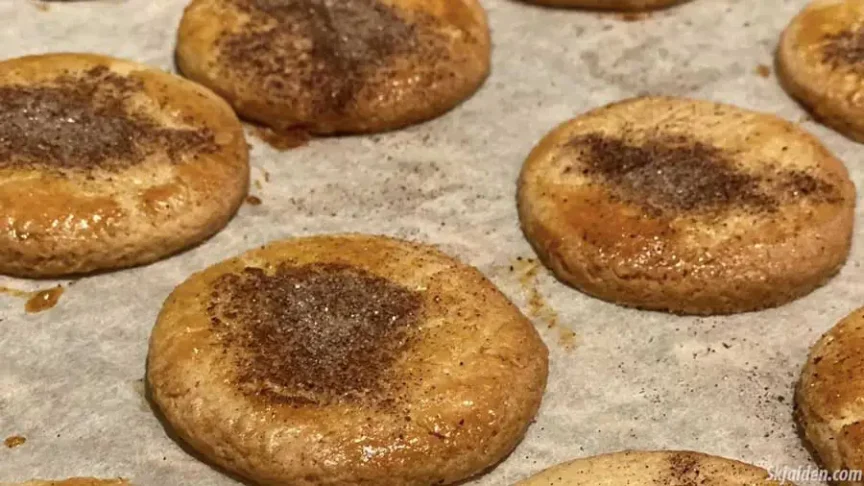Jødekage, often called “Jewish cake,” is a classic Danish cookie particularly popular during Christmas. The name originated in the 18th century when these cookies were commonly sold by Jewish bakeries in Denmark. Today’s version of the cookie, shaped by Danish bakers since 1856, is known for its distinctive sugary cinnamon flavor.
This cookie combines sugar and cinnamon to create a taste that’s closely tied to Danish Christmas traditions. The simple ingredients and the way it’s made reflect centuries of baking tradition in Denmark. Though called a “Jewish cake,” Jødekage doesn’t have religious roots but rather refers to its historical association with Danish Jewish bakers.
Jødekager becomes common in Danish homes each Christmas, loved for its unique flavor and the nostalgia it brings to holiday gatherings.
Variations of Jødekager
There are a few types of Jødekager, each with its history and style. The oldest, the white Jødekage, dates back to a 1796 recipe. Originally, this version was made from a yeast dough that included flour, sugar, milk, and anise, needed to rise overnight, and then baked into a soft, golden cookie.
By the 19th century, the recipe evolved to use eggs, almond flour, cardamom, and hartshorn, creating a richer, crisper cookie that was rolled out, cut into rounds, and often garnished with almonds or candied fruit before baking.
The brown Jødekage was introduced in 1853, containing ingredients like butter, ground almonds, vanilla, cardamom, eggs, brown sugar, and hartshorn. It was prepared by rolling the dough out, cutting it into rounds, brushing it with egg white, and sprinkling it with cinnamon, sugar, and almonds before baking.
Throughout the 1800s, the recipes diversified to include various spices and decorating techniques, reflecting the evolving taste preferences and baking styles of the time.
